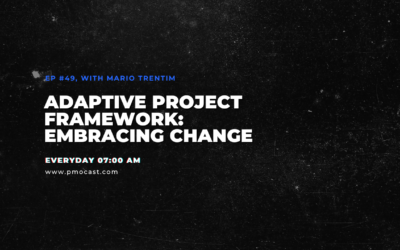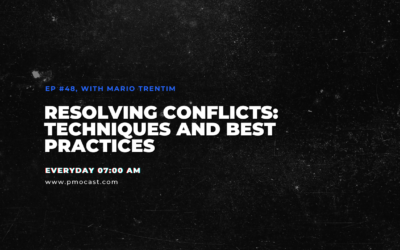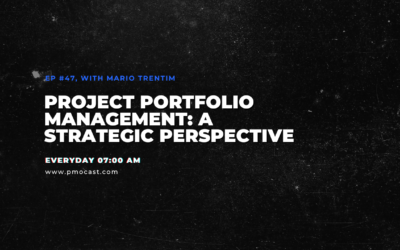In the intricate world of project management, handling stakeholders effectively is both a necessity and a challenge. Stakeholders – be they team members, clients, executives, or end-users – have the potential to shape the success or failure of your projects. In recognition of its importance, the Project Management Institute’s (PMI) PMBOK Guide considers Stakeholder Management as one of its ten fundamental knowledge areas.
This article will take you on a journey through stakeholder management, highlighting its importance, techniques for identifying and engaging stakeholders, ways to manage stakeholder expectations, and real-world examples of successful stakeholder management.
The Importance of Stakeholder Management
Stakeholders hold sway over various aspects of a project, including its scope, timing, cost, and quality. Mishandling or neglecting stakeholder expectations can lead to project failure, whereas effective stakeholder management mitigates risks, captures opportunities, and ensures smoother project execution.
It’s crucial to remember that stakeholder management isn’t just about control; it’s about engagement. Transforming stakeholders into active contributors to your project’s success is key.
Identifying and Engaging Stakeholders
The first step in stakeholder management is identifying your stakeholders. Techniques such as stakeholder mapping or analysis can be immensely helpful, and Edward Freeman’s Stakeholder Theory provides an excellent framework for this.
Once you’ve identified your stakeholders, the next step is engagement. PMI’s Stakeholder Engagement Assessment Matrix is a proven tool that helps comprehend the current and desired engagement levels of each stakeholder.
Managing Stakeholder Expectations and Resolving Conflicts
Stakeholders often have diverse and occasionally conflicting expectations and interests. Effective communication is integral to aligning these expectations and mitigating conflicts. Techniques like active listening, negotiation, and facilitation can prove invaluable.
Moreover, a well-structured communication plan detailing when and how stakeholders will be updated can significantly contribute to keeping everyone aligned and on the same page.
Real-World Success Stories
NASA’s Mars Rover project serves as a fitting example of effective stakeholder management. This project had a multitude of stakeholders, including scientists, engineers, NASA executives, and the public. NASA effectively engaged these stakeholders by providing frequent updates, conducting public outreach, and soliciting feedback. This resulted in a high degree of stakeholder buy-in and ultimately project success.
A Continuous Journey
Stakeholder management isn’t a one-and-done task—it’s a continuous process throughout your project’s lifecycle. By investing time and effort in understanding, engaging, and managing your stakeholders, you significantly increase the chances of gaining their support and driving your projects to success.
Feel free to reach out if you have any queries or experiences regarding stakeholder management you’d like to share. Remember, effective stakeholder management is about creating a collaborative environment where everyone feels invested in the project’s success.
Further Readings:
Edward Freeman’s Stakeholder Theory
PMI’s Stakeholder Engagement Assessment Matrix
NASA’s Mars Rover Project: A Case Study




0 Comments